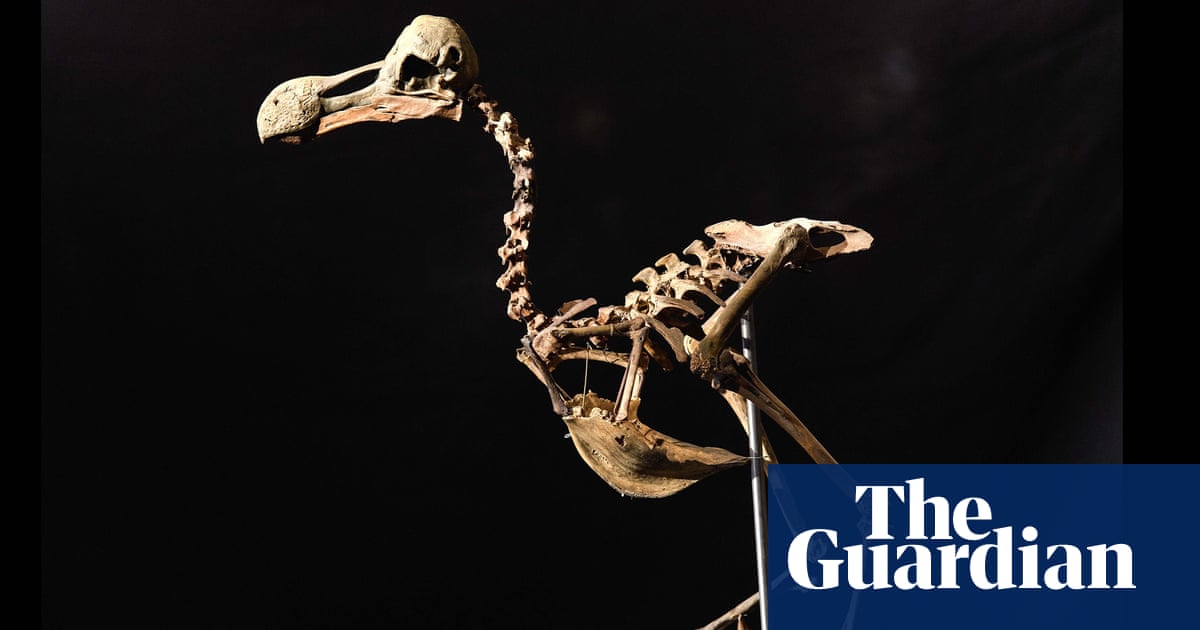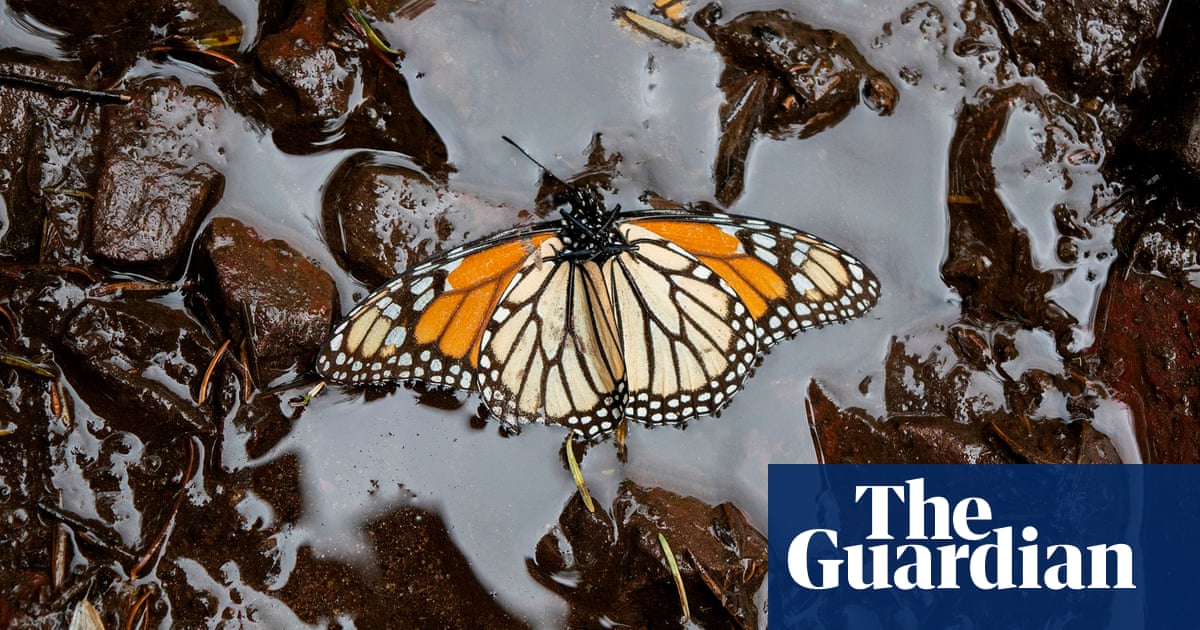
Half of Britain’s butterfly species are now listed as threatened with extinction after five more joined the new “red list” of endangered butterflies.
The increase in the number of species listed as “vulnerable” from nine in 2011 to 16 today is a warning that time is running out to save the 58 resident species, according to Butterfly Conservation, which compiled the red list from scientific monitoring data according to the criteria set out by the International Union for Conservation of Nature (IUCN).
But there are positive trends on the list, which covers data from 2010-19, with two of the species most threatened with extinction, the large blue and the high brown fritillary, moving out of the most at-risk category after targeted conservation.
The large blue, which became extinct in 1979 but was reintroduced from Sweden, has moved from “critically endangered” to “near threatened”, the least risky of the IUCN endangered assessments apart from “least concern”. It is thriving on restored wildflower grasslands in the Cotswolds and Somerset.
In recent years, the high brown fritillary has been seen as the species most likely to become extinct since the large blue.
But conservation efforts in south-west England and at its sole remaining site in Wales have proved successful. The butterfly has rebounded, even while its distribution across sites continues to shrink, meaning it is now “vulnerable” rather than “critically endangered”.
“Given that the overall picture is one of increasing risk, the fact that highly threatened species that have been the focus of conservation effort have become less threatened is a real positive,” said Richard Fox of Butterfly Conservation. “With significant effort and resources we can at the very least hold these species and in some cases turn them around.”
Other success stories include the Duke of Burgundy and the pearl-bordered fritillary, which moved from “endangered” to “vulnerable” after targeted conservation action by charities and local communities.
But there are growing concerns for other once-thriving species that have slipped into “vulnerable” category. The Adonis blue, chalkhill blue and silver-spotted skipper have moved despite decades of conservation work boosting their numbers.
All three species require warm, short, flower-rich chalk grassland, and all declined disastrously in the mid-20th century with the loss of such grassland and a reduction in traditional grazing.
Since the 1980s, all three have been revived and were appearing to benefit from climate warming, moving north to new sites. However, their decline in the past decade may be caused by new factors, such as increasing nitrogen deposition – from farm fertilisers and vehicle pollution – that lead to vigorous grasses crowding out the more delicate wildflowers butterfly caterpillars need to survive.
“It’s disappointing to see these species going back into the threatened group,” Fox said. “Insidious changes in the environment from climate change or nitrogen or both mean the habitat created by conservation management 20 years ago does not necessarily produce the same results today.
“Land managers are continually having to experiment to produce suitable habitats for species such as these because everything else is changing. In the Netherlands, scientists are convinced nitrogen deposition is a major factor in the decline of some of their rare butterflies.”
The negative impact of global heating is evident in the inclusion in threatened categories of all four butterflies found in cooler, northern habitats.The large heath, scotch argus and northern brown argus are now listed as “threatened” and the mountain ringlet as “near threatened”. All four species are likely to disappear from the southerly parts of their range.
The red list requires five years of positive data before an endangered species can be considered to be reviving and so the new list does not yet reveal improvements.
These include a resurgence for the wood white after intensive conservation management. While another butterfly, the large tortoiseshell, listed as extinct, has mysteriously reappeared in several locations in southern England as a breeding butterfly since 2019.












